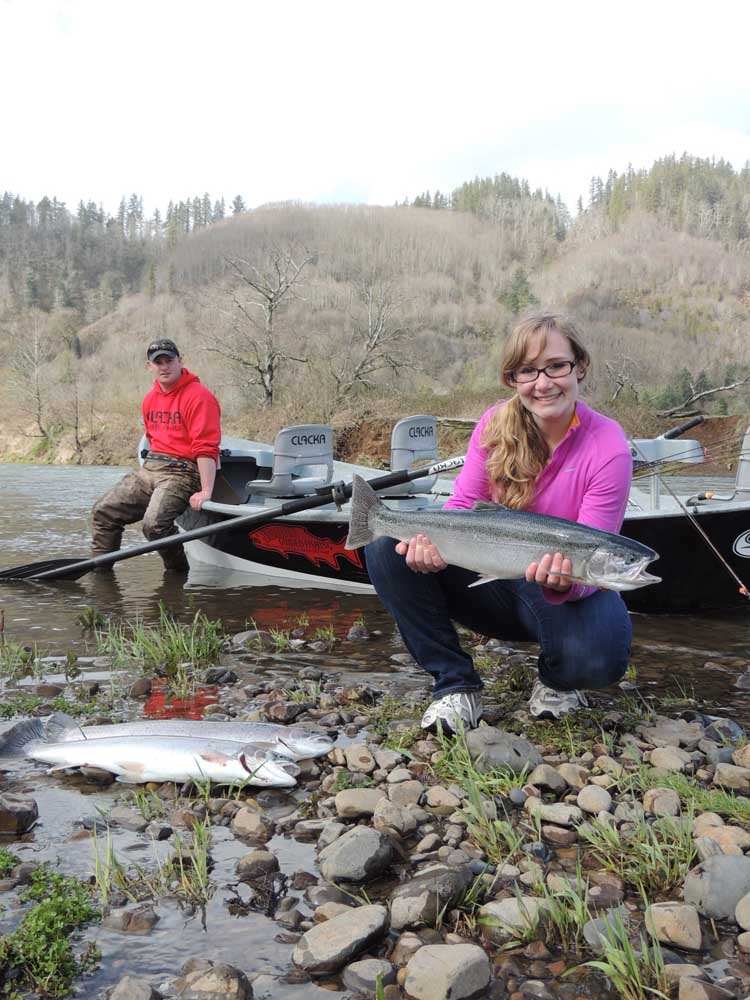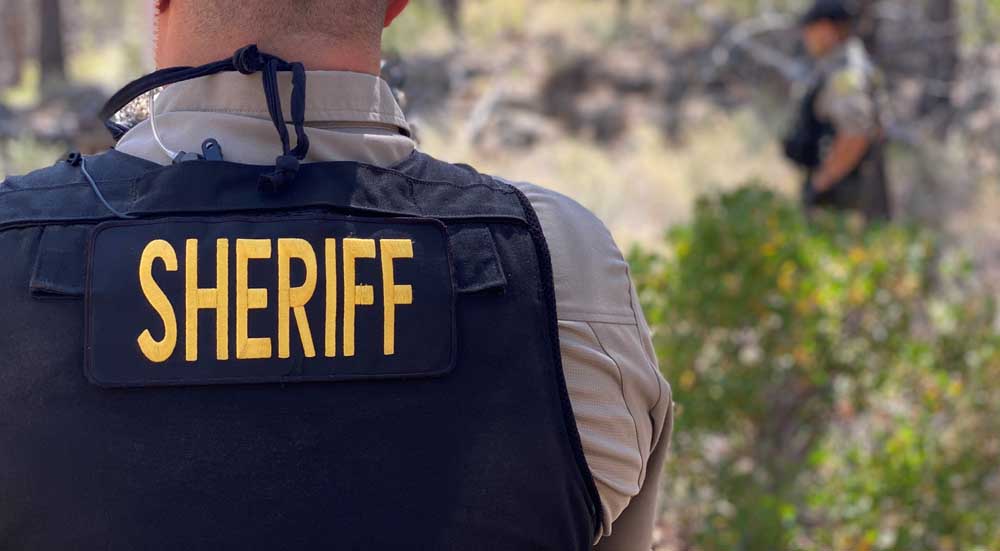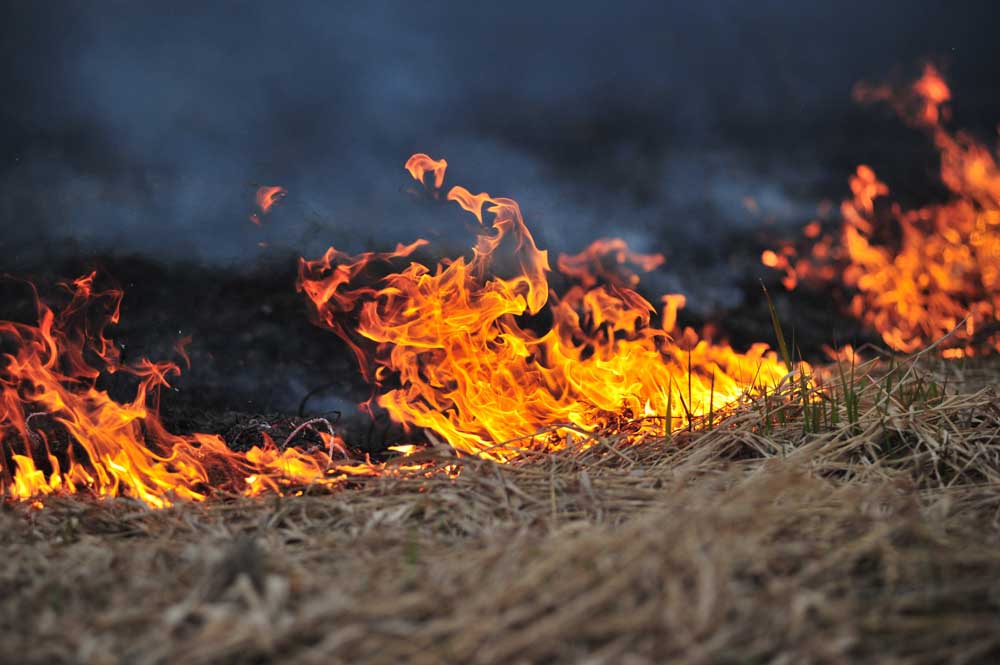Steelhead fishing near the Oregon coast
Published 12:00 am Wednesday, March 19, 2014

- Mikayla’s second fish of the day was a hatchery hen taken midmorning on the coastal river.
In the dark the river was bank-high, quick and gray. These steep, little streams fill up fast with the gales that blow in off the ocean. We had planned to fish the Wilson, which was full of fish, but our guide called a change of plan.
Mikayla held the boat at the ramp while Josiah Darr parked the truck and trailer. If the rain kept up, the river would blow out by noon. Josiah had gambled this was the best place to put us on fish. That is the tension the guide faces every day.
But this time I had taken that tension dial and cranked it up all the way.
A year and a half we have tried for Mikayla’s first steelhead on rivers like the McKenzie, the North Umpqua, the Deschutes and others.
For some, the first steelhead comes on the first trip, and for others it takes a dozen tries and a thousand casts; some people never get one. Josiah knew all that; so did Mikayla.
Down to the Nestucca River came Jeff Kastner, a native of Tillamook and a photographer for Grant McOmie’s Grant’s Getaways. Grant couldn’t join us, but Kastner would shoot the story. If there was a story.
In the dark we pushed away and let the Nestucca — located near the coast of northwest Oregon — sweep us down. This would be one of the last of Darr’s guided trips as he transitioned to a career as a salesman for Clackacraft. We pulled ashore downstream and let the light come up. It was a Friday, there were a lot of boats, competition for the biters.
We would be bobber-doggin’, which is a technique that, like side-drifting, presents a bait at the speed of the current in a line to fish holding along current seams and structure. Like side-drifting, bobber-doggin’ requires a great degree of skill from the boat operator. The angler must master the art of line control. Line slips through the float and, modulated by the proper amount of weight, slides the bait, in this case fresh steelhead eggs and a bead in what we like to think is “the zone,” 12 to 18 inches off the bottom. With the sun up now, Josiah pushed the 18-foot drift boat away from the bank.
“Gary, see that riffle? Cast right on the edge of that slick. Perfect. Mikayla, right behind him, a little closer. Perfect.”
Even if it wasn’t.
Sometimes the guide fishes. It doesn’t matter if the guide hooks a fish and hands it off to the client. This trip, it mattered. Mikayla wouldn’t accept a hand-off. It was understood.
Our floats were not more than six feet apart — mine a little ahead, Mikayla’s on a bit different line. Then mine went down. When that happens, Josiah had warned, there’s a 60 percent chance it is hooked on the bottom, 40 percent in the mouth of a fish. I don’t know about his math, but I know about fishyness. I reeled down and swept the rod tip back.
Instead of solid rock, I felt muscle and gristle, the heartbeat of the river; a steelhead fueled on the energy of the Pacific stored in every cell. Minutes later, the fish, a hatchery hen, was in the net.
We drifted down and set the hook on rocks and reeled in sticks and bent into the wind and rain that howled off the ocean. Mikayla still hadn’t touched a fish. Boat after boat passed us and sometimes we passed them again. There was tension in every gaze, every lift of the hand. Some had boated steelhead; some had not.
“Doing any good?”
“If we get a couple more, we’ll have two.”
Midmorning, our floats drifted in separate current lines four feet apart. Mine was ahead of hers, and then her float disappeared. Cameraman hit the red RECORD button; father stood transfixed at the miracle that was a bobber down; 17-year-old didn’t do anything; and guide hit the panic button.
“Set! Set!”
The line cut a zigzag in the green water and the rod pulsed. If the hook was in the corner of the mouth, we’d have a chance. If the leader didn’t break, if the swivel held, if the knots held. There it was at the surface, on its tail, crashing back down.
It seemed to take forever to get the fish to the boat. Tensions already high, Josiah and Mikayla had a brief misunderstanding that led an insulted Josiah to sit down and refuse to net the fish. “No, no, I was talking to the fish,” Mikayla affirmed.
It was hard on old dad and the cameraman. But then the fish was in the net.
Yes, there were fish that bit after that one. We hooked two at the same instant twice and lost them both times. But the fish that mattered was the one that bit straight up at 9 o’clock in the morning. The sun came out. Winter was over; spring had sprung.
“I think it took a thousand casts,” Mikayla said later. Over a year and a half. But it didn’t take that many more to get the next one. We finished with four to the boat. That’s the way it works sometimes.
— Gary Lewis is the host of “Adventure Journal” and author of “John Nosler — Going Ballistic,” “Black Bear Hunting,” “Hunting Oregon” and other titles. Contact Lewis at www.GaryLewisOutdoors.com.








